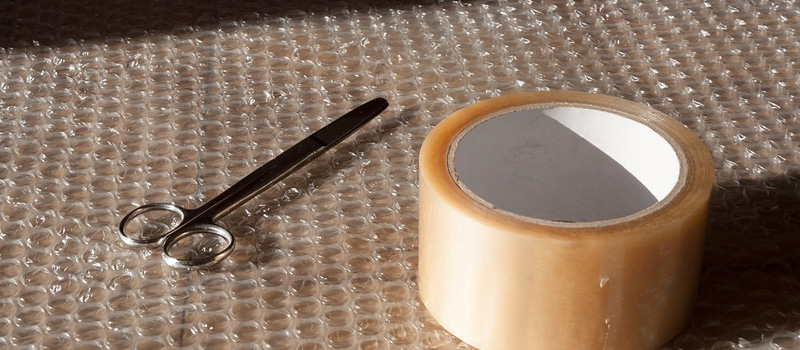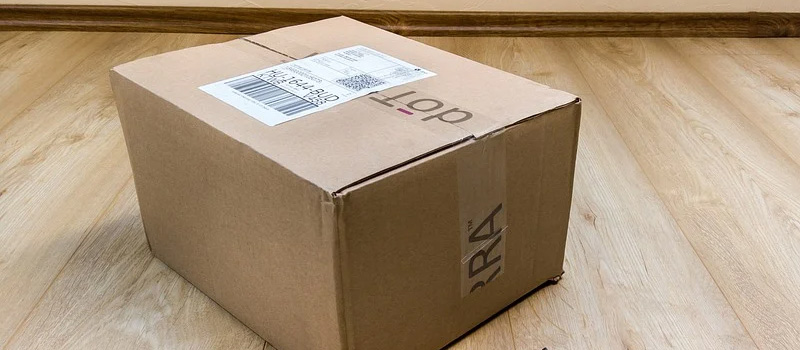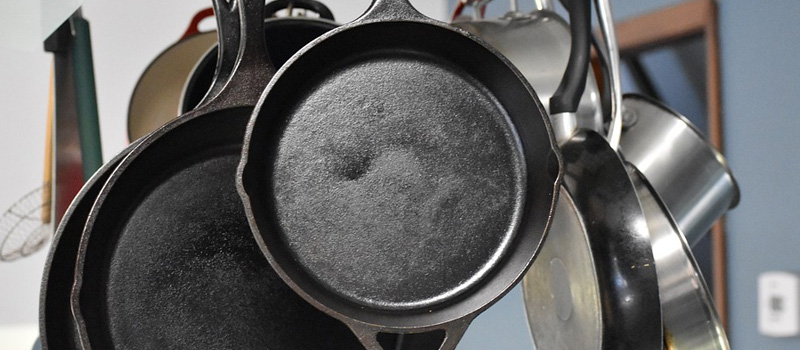How to pack plates for moving.
When moving home, packing your own items can be tricky. Large items can be heavy to move on your own while smaller items such as plates and glasses can be fragile and break easily. Then you get large items which are fragile such as fish tanks.
Today we will look at the best way to pack your plates for a move, along with all of the materials you will need.
The kitchen is one of the most difficult rooms to pack in our opinion and it’s often the last to be packed and first to be unpacked. Because the kitchen is left to be the last room to be packed we sometimes rush through it, causing damage to our items.
Your home can take a few days to pack. When packing your kitchen leave enough time so you don’t rush and your plates and other crockery are kept safe. On average it should take around 8-10 hours to pack your kitchen. The best way to pack your kitchen is to have a plan in place and stick to it.
By the end of this article, you will know some of the best ways to keep your kitchen plates safe while moving home.
Items needed to pack plates

Packing dishes can seem like an uphill struggle but when you have the right equipment available it makes your job so much easier. So before you take on your kitchen you will need:
- Packing Paper
- Bubble Wrap
- Packing Tape
- Kitchen Towels/Tissue Paper
- Marker Pen
- Packing Peanuts
- Moving Boxes
We recommend using bubble wrap and packing peanuts when packing dishes as it keeps them safer, but if you don’t have any of these around you can use kitchen towels, tissue paper or crumpled packing paper. Using the above packing materials will give your plates the best chance of survival when moving home.
When you have all of the above, you are now ready to pack your plates.
Packing Plates Instructions – Packing tips
- Get a large cardboard box and line the box with a sheet of bubble wrap. The bubble wrap should cover the bottom, sides and the top of the box when full.
- Find space to roll out your packing paper and cut two sheets of it with enough of it to cover a plate.
- Put your plate in the centre of the packing paper and fold one of the corners of the packing paper on your plate. Put your second plate on top and then cover both plates entirely, pulling in the remaining 3 corners.
- Put your plates in your box vertically and continue the process until you have filled the box.
- When the box is full of plates, fill any gaps with packing peanuts, crumpled paper or bubble wrap.
- Cover the top of the box with the remaining bubble wrap.
- Seal the box with your packing tape and label it fragile or dish box.
Things to consider when packing plates

Packing dishes is simple enough with the right packing material and know-how but there are a few things you should consider when packing for a move. For example, You can stack more than two dishes at a time, some people recommend up to four but in our experience, two dishes at a time work well.
You may also consider using newspaper and magazine paper as an alternative to bubble wrap or packing paper, but we wouldn’t recommend this as they don’t offer the extra protection, padding and can also get compressed so your items end up moving and breaking. Newsprint can also rub off onto your dishes so we wouldn’t advise you to use them.
The final part of making sure your items arrive safely at your new home is to make sure your moving box is loaded correctly into the van. If you don’t secure your moving box with your fragile items inside it will move around and cause damage to your dishes.
Packing Cups and Glasses
When packing glasses or cups when moving home you can use the same technique above, however, you should get slightly different packing supplies such as a divided box. A divided box will keep your glassware separate from each other and minimise the chance of damage.
Packing Other Kitchen Items

The majority of kitchen items other than plates should be wrapped separately. With larger kitchen items such as pans take extra care with the handles and make sure to wrap them thoroughly in packing paper.
Knives should ideally be covered in protective sleeves but if you don’t have them you can first wrap them in packing paper and then finally bubble wrap. Be sure to label your knives so no one cuts themselves when handling them when being unwrapped.
Pots and pans can be packed together but wrap them individually first. When they are wrapped you can then stack the pans inside of each other.
Alternatives to packing your plates
Packing your plates isn’t too difficult with the right materials and with enough time but if you think you aren’t up to it, don’t have the time or don’t want to risk any of your dishes from getting damaged then consider hiring a packing service.
We would also recommend not rushing any of your packing. Moving home can be a difficult time for all involved so moving a little by little can cut down on this stress and keep your items safe. At Urban Locker, we provide self storage in east london and surrounding areas to help with this.
You can start packing your home a month before moving, so a self storage unit is perfect if you want to get some of your furniture out of your home without having to worry about moving it on the day of moving. Self storage gives you a little more time and we have flexible storage options so you aren’t locked into any long term contracts.